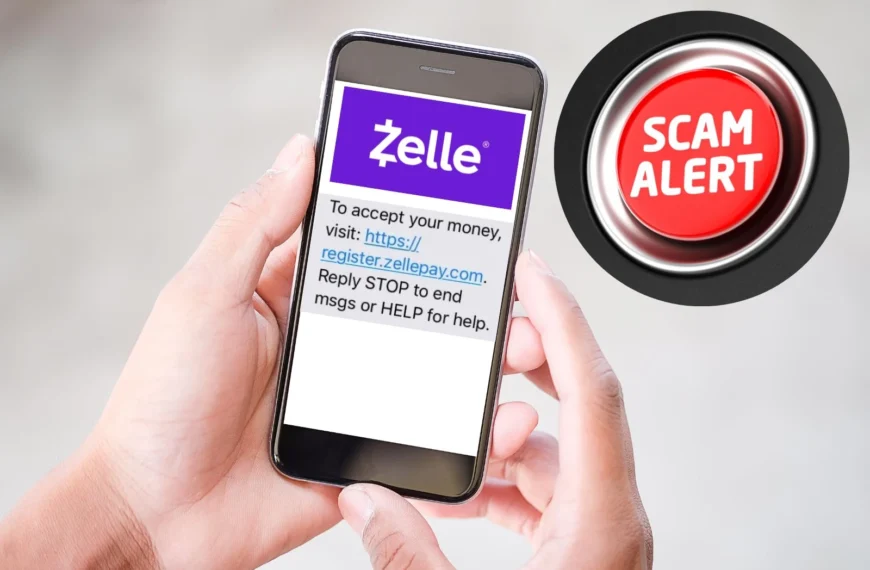The rise of artificial intelligence (AI) has transformed the job market, making recruitment processes faster and more efficient. However, alongside these benefits comes a darker side: the increasing use of AI to create fake job listings. These scams exploit job seekers by stealing personal information, financial data, and even money. In this article, we will explore how AI is used to generate fake job listings, how to spot these scams, and the measures you can take to protect yourself.
What Are AI-Generated Fake Job Listings?
AI-generated fake job listings are fraudulent job advertisements created using advanced AI tools. These scams often mimic legitimate opportunities, leveraging realistic language, company branding, and even fake recruiter profiles to deceive job seekers. The primary goals of these scams include:
- Identity theft: Collecting sensitive information like Social Security numbers, bank details, or personal documents.
- Financial scams: Tricking victims into paying for training, certifications, or application fees.
- Phishing attacks: Redirecting users to fake websites to steal login credentials and other data.
AI enables scammers to generate high-quality content quickly and at scale, making it harder for job seekers to differentiate between legitimate and fake opportunities.
How to Spot AI-Generated Fake Job Listings
While these scams can be sophisticated, there are several red flags to watch for:
1. Too-Good-To-Be-True Offers
- Unrealistically high salaries for entry-level positions.
- Promises of quick hiring without interviews or qualifications.
2. Generic or Vague Job Descriptions
- Lack of specific details about job responsibilities, skills required, or company culture.
- Repeated phrases or overly generic language that could have been AI-generated.
3. Unprofessional Communication
- Emails or messages with grammatical errors, inconsistent formatting, or suspicious email addresses.
- Recruiters using personal email accounts instead of official company domains.
4. Urgency and Pressure
- Demands for immediate action, such as paying fees or submitting documents within a short timeframe.
- Threats that the job will be given to someone else if you don’t act quickly.
5. Requests for Sensitive Information Early On
- Asking for Social Security numbers, bank details, or passport copies before an official job offer.
- Requests for upfront payments for training, background checks, or materials.
6. Inconsistent or Missing Company Information
- Lack of an online presence for the company or the recruiter.
- Fake company websites with minimal details, poor design, or broken links.
- No legitimate business address or contact number.
7. Suspicious Job Platforms or Links
- Job ads hosted on unfamiliar websites or platforms with little to no moderation.
- Links that redirect to websites unrelated to the job listing.
Measures to Avoid Falling for AI-Generated Fake Job Listings
To stay safe from these scams, it is essential to be vigilant and adopt proactive measures:
1. Research the Company
- Verify the company’s website, LinkedIn page, and reviews on platforms like Glassdoor.
- Look for official contact details and compare them with those in the job listing.
2. Verify Recruiter Credentials
- Cross-check the recruiter’s LinkedIn profile to ensure it is genuine.
- Reach out to the company’s HR department to confirm the recruiter’s identity.
3. Scrutinize Job Details
- Carefully read the job description and look for inconsistencies or overly generic language.
- Avoid opportunities with unclear responsibilities or unrealistic promises.
4. Use Trusted Job Platforms
- Stick to reputable job boards and company career pages.
- Avoid applying for jobs through unverified platforms or suspicious websites.
5. Protect Your Personal Information
- Never share sensitive details like Social Security numbers, bank information, or passwords during initial interactions.
- Be cautious of sharing personal documents until you have verified the legitimacy of the job.
6. Be Wary of Upfront Payments
- Legitimate employers do not ask for money as part of the hiring process.
- Refuse to pay for training, certifications, or background checks unless you have independently verified the company.
7. Trust Your Instincts
- If something feels off about a job listing, trust your gut and investigate further.
- Seek advice from trusted friends, family, or career counselors before proceeding.
Tools and Resources for Extra Security
To enhance your safety, consider using these tools and practices:
- Email Verification Tools: Use tools like Hunter.io or EmailHippo to check if an email domain is legitimate.
- Antivirus Software: Keep your devices protected from phishing attacks and malware.
- Browser Extensions: Install extensions like HTTPS Everywhere and AdBlock to avoid malicious links.
- Reverse Image Search: Use Google or TinEye to check if recruiter photos or company logos are stolen.
- Scammer Databases: Refer to platforms like eXposingScam to verify suspicious job offers and report fraudulent listings.
Conclusion
AI-generated fake job listings pose a significant threat to job seekers, but by staying informed and vigilant, you can protect yourself. Always research companies, verify recruiters, and trust your instincts when something seems suspicious. By adopting these measures, you can navigate the job market safely and focus on finding legitimate opportunities that align with your career goals.
For more tips on avoiding scams and spotting fraudulent activities, visit eXposingScam—your trusted resource for staying safe online.














